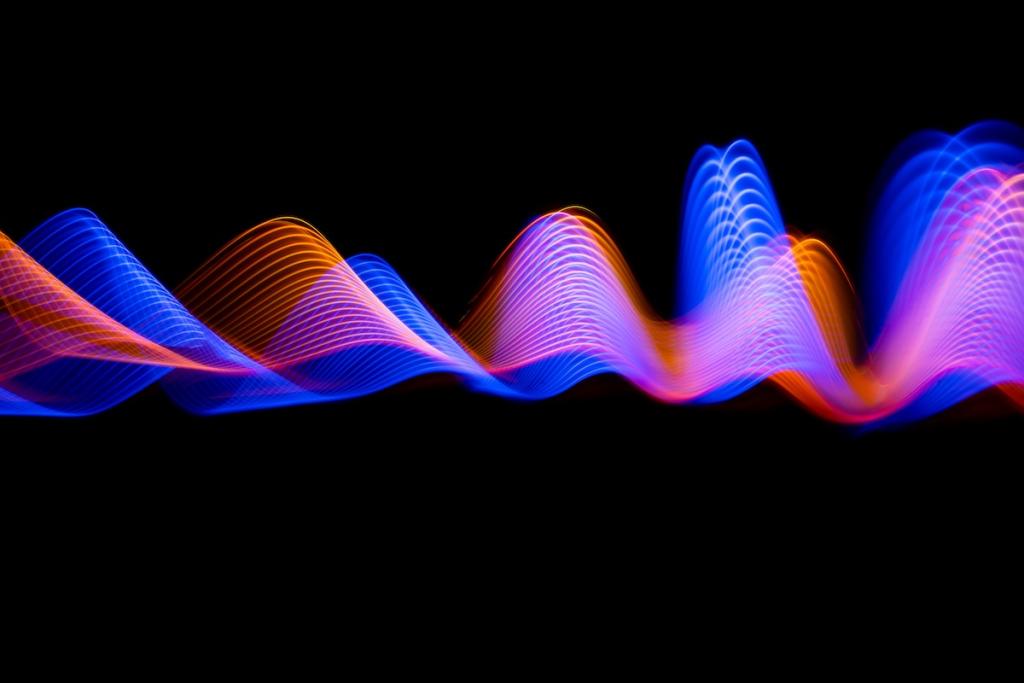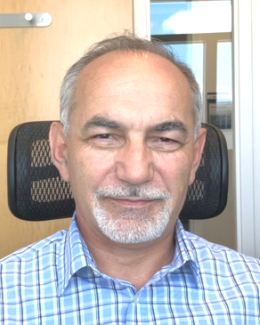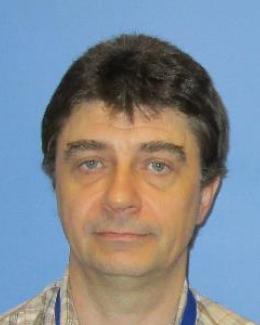Invention Reference Number

A new large-area thermal neutron detector has been developed to improve the detection and imaging of neutrons. This detector uses a special type of material (6LiF/ZnS(Ag) scintillator) that turns neutrons into light. Wavelength-shifting fibers then convert this light into a form that can be detected and processed. The detector’s design includes a unique positioning system that helps locate the exact spot where the neutron was detected, with the added benefit of being able to adjust the resolution of the image across different areas of the detector.
Description
This thermal neutron detector works by capturing neutrons, which are particles that can interact with materials at the atomic level. When a neutron is detected, it interacts with a special material inside the detector that turns the neutron's energy into light. This light is then converted into a visible form by wavelength-shifting fibers and is captured by a photomultiplier tube. The device has been designed with an advanced positioning system to pinpoint the location of the neutron, and it features a segmented layout that can provide better image clarity and handle higher levels of neutron activity. The design also allows for varying levels of resolution depending on the needs of the experiment.
Benefits
- Better image clarity: The detector can distinguish very small details (down to about 3 mm), making it more accurate.
- Faster results: The improved efficiency of the detector means experiments can be completed more quickly, without sacrificing data quality.
- Handles high neutron flux: The detector can work in environments with high neutron activity without becoming overwhelmed, making it more reliable.
Applications and Industries
- Nuclear security: The detector can be used in security applications, such as scanning packages, vehicles, or containers for nuclear materials, as it can see through non-metallic objects that X-rays cannot.
- Security screening: Similar to X-ray machines used in airports, but more advanced, as it can detect different materials that X-rays miss.
Contact
To learn more about this technology, email partnerships@ornl.gov or call 865-574-1051.






